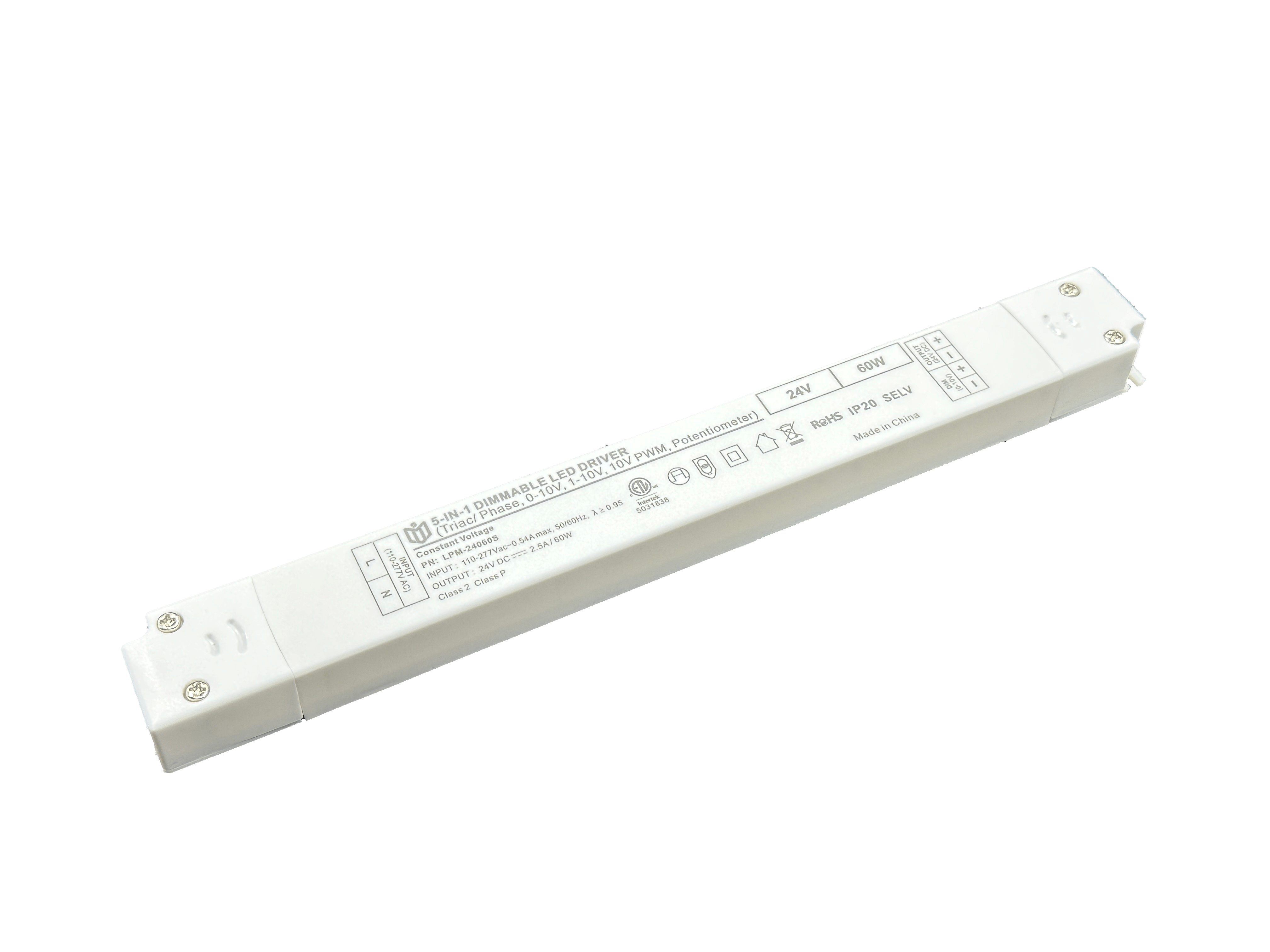The Future Is Here! How TRIAC Dimming Power Supplies Redefine Smart Lighting
Unlocking Precision Control with TRIAC Dimming Technology
Traditional on/off switches belong to history—today’s homeowners demand nuanced ambiance at their fingertips. Enter TRIAC (Triacs) dimmers paired with advanced power supplies, which enable ultra-smooth brightness adjustment from 0–100% without flickering or color shifts. Unlike outdated phase-cut methods, these systems use high-frequency pulse width modulation (PWM) to maintain consistent light quality across all levels. For instance, dimming a warm white LED track light now feels as natural as lowering curtains; restaurants and galleries leverage this precision to curate moods that elevate customer experiences.
Why TRIAC Systems Outperform Older Alternatives
Legacy dimming relied on resistive loaders or crude transformers, wasting up to 30% more energy while generating heat. Modern TRIAC-based units operate at >90% efficiency by dynamically matching voltage to LED arrays. Take commercial warehouse retrofits: switching to these supplies cuts annual electricity costs by $2,500+ per facility while reducing carbon footprints. Crucially, they eliminate audible buzzing common in cheap dimmers—a game-changer for open-plan offices where silence matters. Compatibility isn’t compromised either; most support both halogen retrofits and next-gen human-centric circadian rhythm lighting.
Seamless Integration Into Smart Ecosystems
The real magic happens when TRIAC controllers connect via Zigbee, Wi-Fi or Bluetooth mesh networks. Picture voice commands adjusting kitchen island task lights synced with sunset simulations, or automated schedules fading bedroom bulbs gradually post-bedtime. Major platforms like Philips Hue and Lutron Caseta already adopt this standard, allowing unified control over hundreds of fixtures through single apps. One luxury hotel chain reported 40% fewer guest complaints after installing occupancy sensors linked to TRIAC drivers—proving intelligence extends beyond convenience to operational excellence.

Scalability Across Residential & Industrial Applications
From tiny apartment studios to sprawling factories, scalable designs accommodate diverse needs. Small form factors fit behind decorative plates in historic buildings, preserving aesthetics during renovations. Conversely, industrial versions handle three-phase inputs for stadium floodlights, surviving extreme temperatures via ruggedized enclosures. A Berlin museum recently upgraded its art displays using waterproof TRIAC drivers rated IP67, ensuring preservation-grade stability alongside dramatic spotlight effects. Even solar microgrids benefit; pairing with battery inverters creates self-sufficient off-grid lighting networks for remote villages.
Shaping Tomorrow’s Lighting Standards
As governments mandate stricter efficacy regulations (EU Ecodesign Directive updates loom), manufacturers race to innovate beyond basic compliance. Emerging trends include bidirectional communication enabling predictive maintenance alerts, multichannel zone management via app programming, and biophilic design syncing light temperatures with circadian cycles. Early adopters gain dual advantages: immediate ROI through reduced bills plus futureproof infrastructure ready for AI advancements like adaptive occupancy sensing. The line between “lighting” and “interactive environment” blurs daily—and TRIAC dimmable supplies sit firmly at this revolution’s heartbeat.
 In heritage architecture prote
In heritage architecture prote
 When small-batch customization
When small-batch customization
 Have the electromagnetic emiss
Have the electromagnetic emiss
 When Triac dimmable power supp
When Triac dimmable power supp
